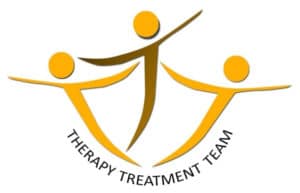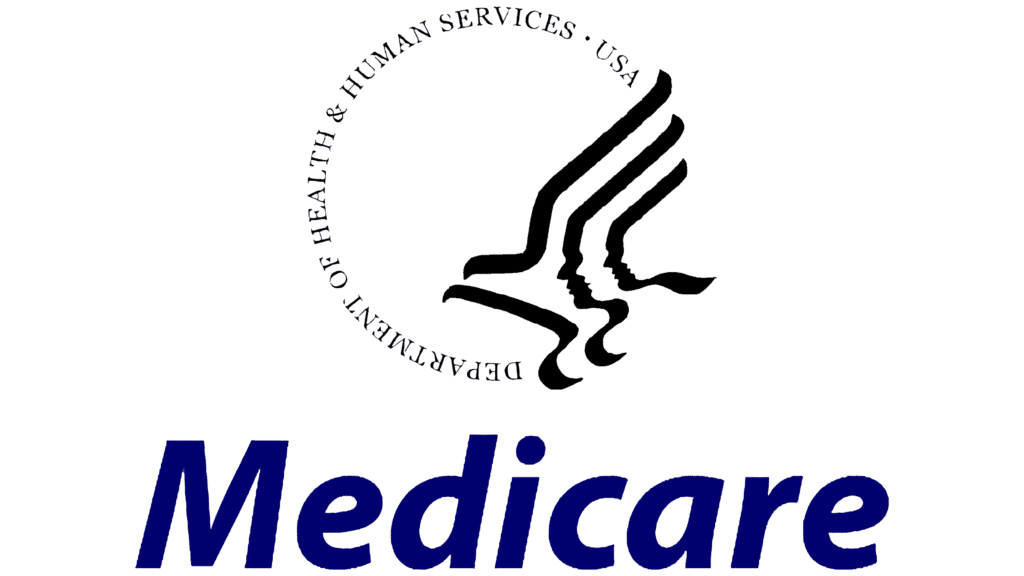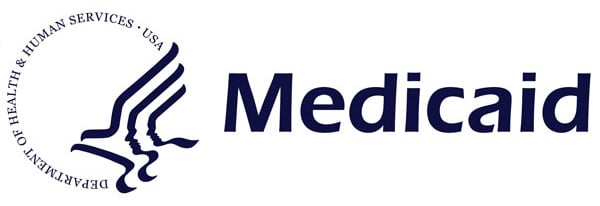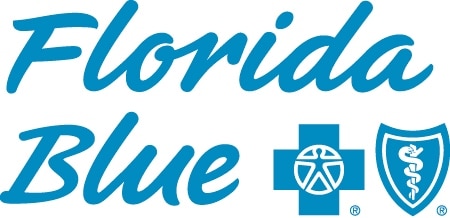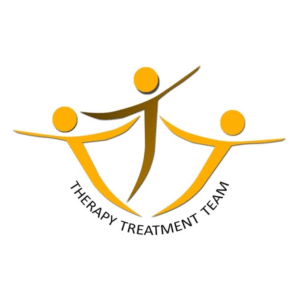In the hustle and bustle of everyday life, it’s easy to overlook the subtle signs of distress that our minds and bodies may be trying to communicate. Panic attacks, in particular, are often misunderstood and underestimated, with many associating them solely with visible manifestations of fear and anxiety. However, the reality is that panic attacks can manifest in a variety of subtle ways, making them all the more challenging to recognize and address. In this blog post, we delve into the nuanced signs of panic attacks, shedding light on the unseen struggles that individuals may experience. Here are the signs you are experiencing a panic disorder or panic attacks:
- Physical Sensations: While some may expect panic attacks to be accompanied by dramatic physical symptoms like hyperventilation and chest pains, they can also manifest in more subtle ways. Tightness in the chest, tingling sensations in the extremities, and a feeling of being physically unwell are all common signs that someone may be experiencing a panic attack. These sensations, though not always immediately apparent to others, can be profoundly distressing for the individual going through them.
- Cognitive Distortions: Panic attacks often bring about a barrage of irrational thoughts and fears that can be difficult to control. These cognitive distortions may include catastrophic thinking, irrational fears of losing control or going crazy, or an overwhelming sense of impending doom. Such thoughts can be all-consuming for the individual experiencing them, yet they may not be readily visible to those around them.
- Avoidance Behaviors: In an effort to avoid triggering situations or stimuli, individuals experiencing panic attacks may engage in subtle avoidance behaviors. These can range from avoiding crowded places or social gatherings to steering clear of activities that may provoke anxiety. While these behaviors may seem inconspicuous to others, they can significantly impact the individual’s quality of life and exacerbate feelings of isolation and loneliness.

- Changes in Behavior: Another subtle sign of panic attacks is changes in behavior that may not be immediately attributed to anxiety. This could include increased irritability, restlessness, or difficulty concentrating. Such changes may be dismissed as mood swings or personality quirks, but they can be indicative of underlying emotional distress.
- Somatic Symptoms: Beyond the typical physical symptoms associated with panic attacks, such as rapid heartbeat and shortness of breath, individuals may experience a myriad of somatic symptoms that are less conspicuous. These can include headaches, stomachaches, muscle tension, and dizziness, among others. While these symptoms may not scream “panic attack” to an outsider, they can contribute to the overall discomfort and distress experienced by the individual.

Recognizing these subtle signs of panic attacks is crucial for providing support and understanding to those who may be struggling silently. By fostering empathy and awareness, we can create a more inclusive and compassionate environment where individuals feel empowered to seek help and support when needed. If you or someone you know is experiencing any of these signs, remember that help is available, and reaching out for support is not a sign of weakness, but rather a courageous step towards healing and recovery. While panic attacks may not always manifest in overt and visible ways, their impact can be profound and far-reaching. By acknowledging the subtle signs and unseen struggles associated with panic attacks, we can work towards creating a more empathetic and supportive society where mental health is prioritized and destigmatized. Let’s lend a compassionate ear, extend a helping hand, and stand together in solidarity against the silent battles that so many face each day.
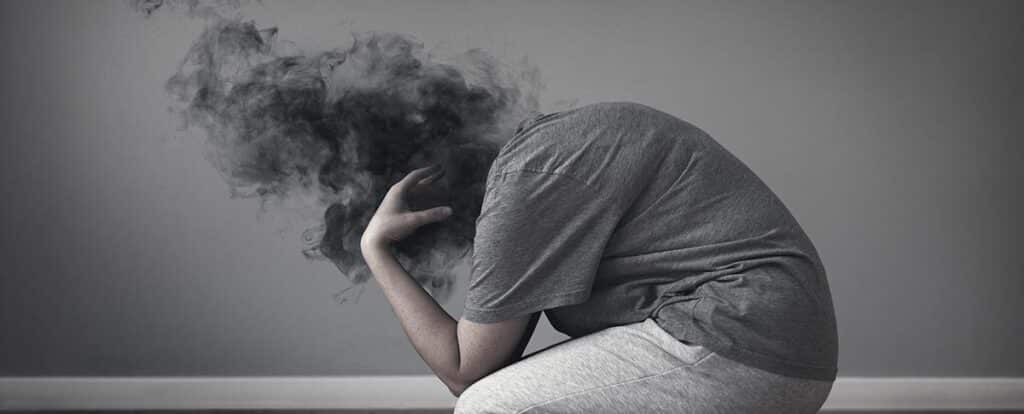

Dr. Yaro Garcia
Hello, I am Dr. Garcia, please call me Yaro. My degrees are in clinical psychology and I am a licensed mental health counselor. My approach is caring, warm, safe, non-judgmental, and straight forward. It is a difficult decision to seek therapy, I take time to build a trusting therapeutic relationship with you…
